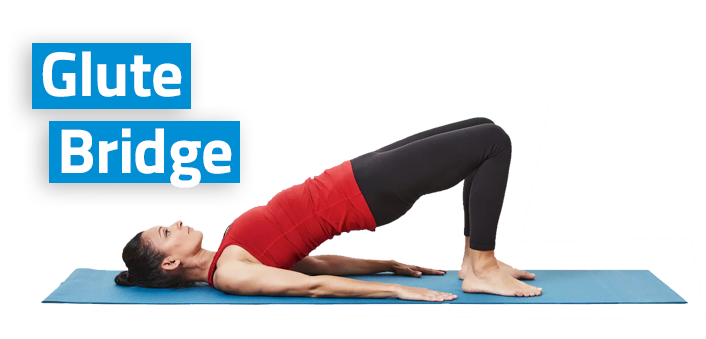
What Muscles Do the Glute Bridge Exercise Work?
The bridge exercise targets the glutes (buttocks) and hamstrings (back of the thighs) while improving core stability. It is a simple addition to a warm-up or strength-training routine and is also beneficial for rehabilitation, helping to enhance core and spinal stabilization.
Benefits of the Glute Bridge
The basic bridge is an excellent addition to your strength routine, targeting the core and glutes while also strengthening the erector spinae, which runs along your back. This exercise stretches the posterior chain, including the hip abductors, glutes, and hamstrings, while engaging the rectus abdominis, obliques, and quadriceps for stability. Using sandbags can enhance the therapeutic effects by targeting underutilized muscles. As these muscle groups strengthen, power and posture improve, and lower back pain may be relieved, making the bridge a safe option for individuals with chronic back issues.
Elevated Feet: For added support, try the elevated bridge using an inflatable exercise ball. Start in the basic bridge position, placing your heels on top of the ball. Lift your pelvis as you would in the basic bridge, ensuring your core remains engaged throughout the movement.
Single-Leg Glute Bridge: To level up from the basic bridge, try the single-leg bridge, with or without an exercise ball. This variation engages your trunk muscles more effectively. Start in the basic glute bridge position, then raise your left leg as you lift your pelvis. Hold, lower your hips back down, keeping your leg elevated, and then switch to the right side.
Cramer, M. (2023, August 23). How to do the bridge exercise. Verywell Fit. https://www.verywellfit.com/how-to-do-the-bridge-exercise-3120738
